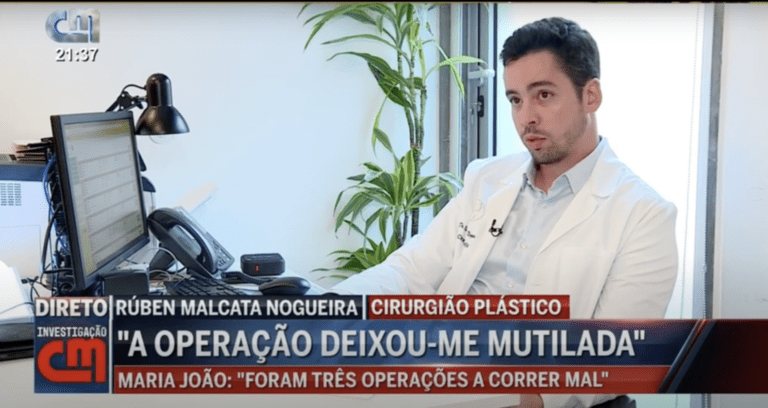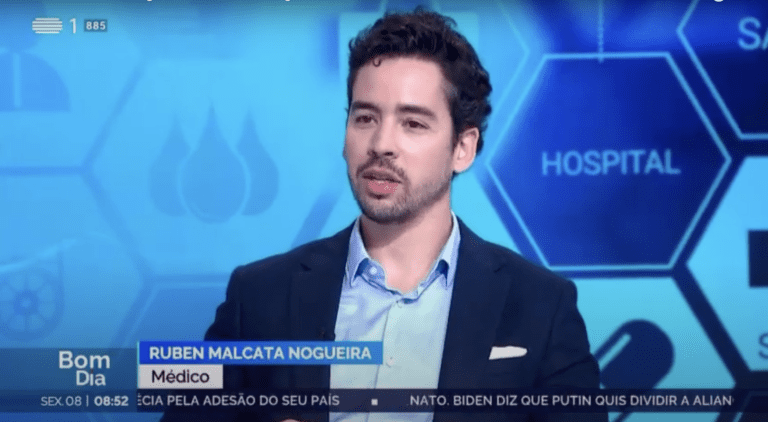It’s important to know that whenever we have a scar, it won’t disappear. However, when the scars are well planned (surgical scars), the tissues are well manipulated and the technical art is carried out with mastery, the likelihood of obtaining a more favorable healing increases.
In a simplistic way, we can think of the surgical technique as being 50% of the work carried out, and that post-operative care is just as important, if not more so, for the final result of the scar. There are some well-established protocols and there is some scientific evidence to support the use of some products over others. As standard practice, I recommend massaging the scars and using silicone dressings. In selected cases, I opt for PDL (pulsed laser light) or treatment with injections, corticosteroids or other therapeutic agents.
By following a good protocol and taking the measurements recommended in consultation, we have the best chance of obtaining a linear scar, without pigmentation changes and without pain.
What factors influence the healing/final result of the scar?
The main factors influencing healing are related to the person’s genetics. Abnormal scarring associated with hypertrophic and/or keloid scars is more common in people with darker skin tones (thicker dermis) and in Africans. The biggest risk factor for having this type of scar is the existence of previous hypertrophic or keloid scars, which is why it is essential to talk to your plastic surgeon about any scars you have so that you can predict the natural evolution of your scars.
We also have factors that we can control – the incision site (there are areas that are more prone to pathological scars) and the surgical technique are extremely important for the quality of the scars. Having a good consultation and creating a relationship of trust with your doctor is fundamental to achieving good results.
What types of scars are there and what are their characteristics?
There are different types of scars, and some types to avoid. Enlarged, hypertrophic and keloid scars are 3 subtypes that we always try to avoid or, if they already exist, we suggest correcting them. While the first – an enlarged scar – is quite intuitive and easy to understand, the others generate some doubt and are associated with some myths. Both hypertrophic scars and keloid scars are maladaptive entities in the scarring spectrum. They are easily identified by their width, thickness or color. The main difference is related to the boundaries of the scar – in the case of keloid scars, the scar clearly goes beyond the scar, forming a scar conglomerate that poses various aesthetic problems. In addition, this type of pathological scarring is associated with symptoms that greatly reduce quality of life, such as pain and/or itching.
It’s important to remember: Whenever there is an attack on the deepest part of the dermis, there is a risk of perpetuating a scar; Consult your plastic surgeon and draw up a treatment plan, so that the existence of a small linear scar is not an impediment to moving on to any type of surgical procedure.





